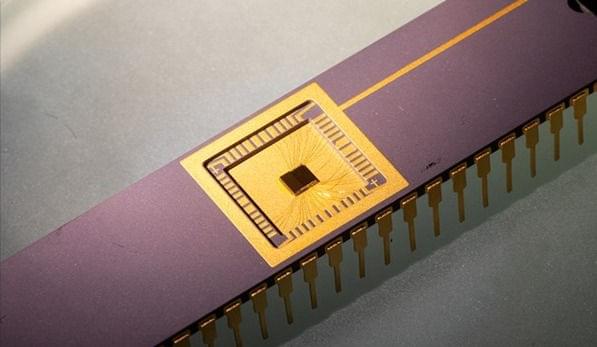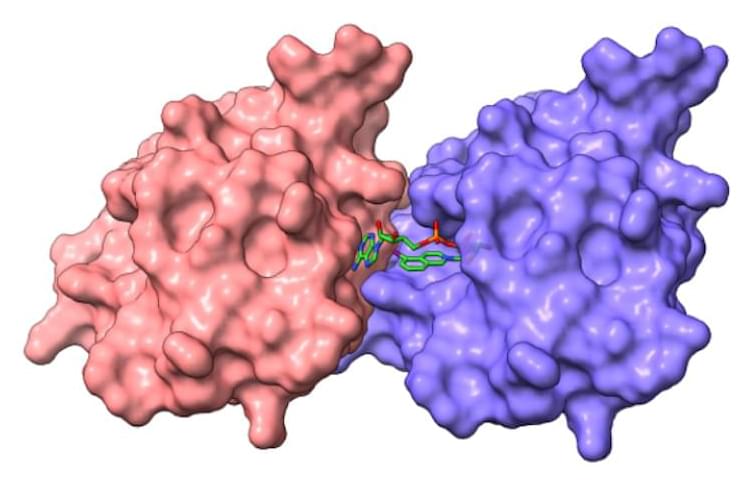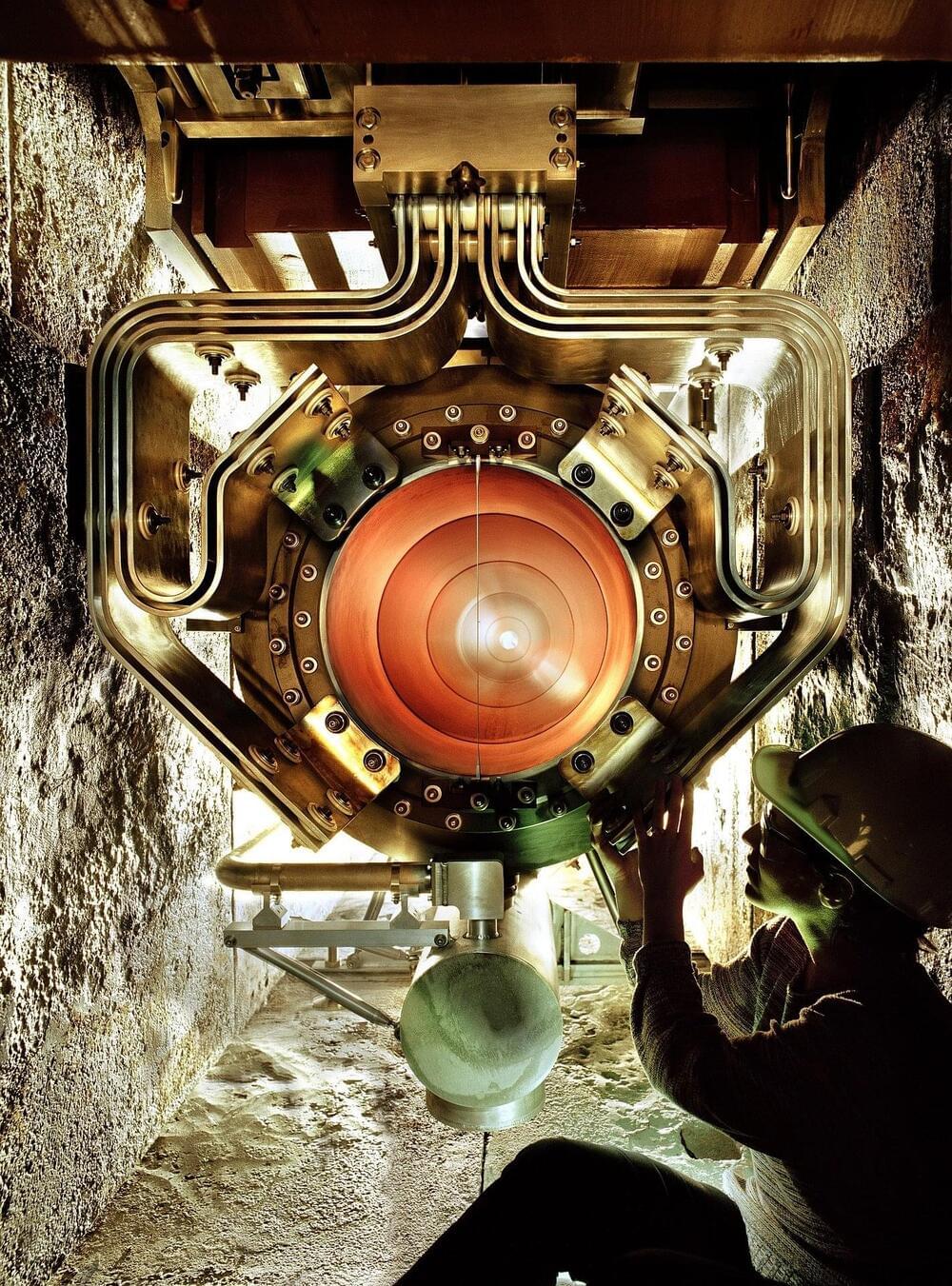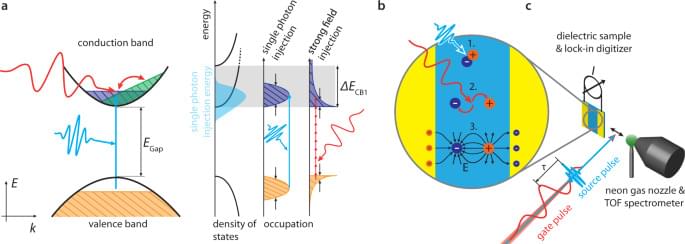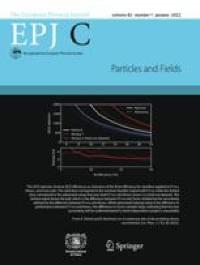Mar 29, 2022
New Clues to Earth’s Formation From Ancient Helium Leaking From the Planet’s Core
Posted by Genevieve Klien in category: cosmology
Vast stores of helium from the Big Bang lingering in the core suggest Earth formed inside a solar nebula.
Helium-3, a rare isotope of helium gas, is leaking out of Earth’s core, a new study reports. Because almost all helium-3 is from the Big Bang, the gas leak adds evidence that Earth formed inside a solar nebula, which has long been debated.
Helium-3 has been measured at Earth’s surface in relatively small quantities. But scientists did not know how much was leaking from the Earth’s core, as opposed to its middle layers, called the mantle.

